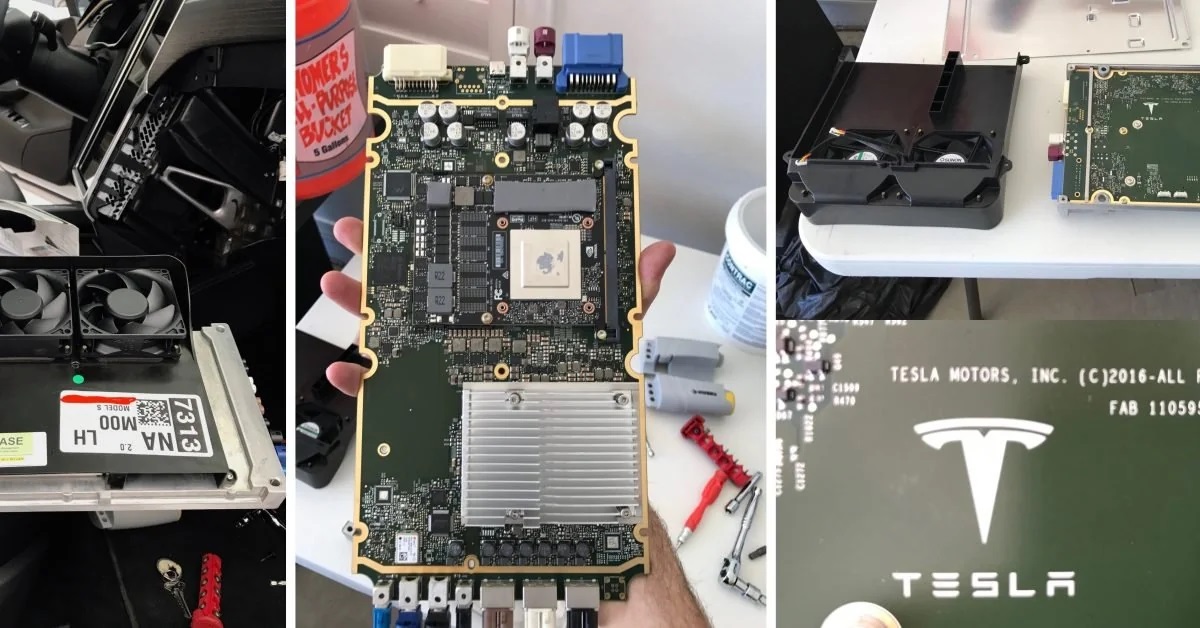Time: 2024-12-31 10:57:18View:
Tesla's first-generation Autopilot hardware (Hardware 1.0) did indeed rely on FPGAs (Field-Programmable Gate Arrays) as a critical component of its processing architecture. Below is a breakdown of how FPGAs were utilized and why they were chosen at that stage.

· Launch Year: 2014
· Main Supplier: Mobileye
· Key Components: Mobileye’s EyeQ3 processor, auxiliary FPGA modules, and an NVIDIA Tegra processor.
· Sensors: Cameras, ultrasonic sensors, and radar systems.
At this stage, Tesla was taking its first major step into semi-autonomous driving with features like adaptive cruise control, lane-keeping assist, and traffic-aware cruise control.
· Tesla’s Autopilot relied on multiple sensors (camera, radar, ultrasonic sensors) to gather environmental data.
· FPGAs were used to process raw sensor data in real-time, filter noise, and format the data for the main EyeQ3 processor to run AI and image-processing algorithms.
· FPGAs provided Tesla with custom processing logic for tasks not natively supported by Mobileye’s EyeQ3 processor.
· Specific tasks like sensor synchronization, signal filtering, and early-stage image analysis were handled by FPGAs.
· FPGAs are highly efficient in tasks requiring parallel processing and low-latency computations.
· They helped handle time-critical computations such as lane detection and obstacle avoidance before passing processed data to the EyeQ3 chip.
· Tesla engineers could reprogram FPGAs on the fly to adjust algorithms or optimize performance without needing a full hardware redesign.
· This flexibility was crucial in the early stages of Tesla's Autopilot development, where frequent updates and iterations were necessary.
· Flexibility: Ability to reprogram and adapt hardware logic as Tesla refined their Autopilot algorithms.
· Real-Time Performance: FPGAs excel in parallel processing, which is ideal for tasks like sensor fusion and low-latency signal processing.
· Prototyping Speed: FPGAs allowed Tesla to quickly test and iterate on their hardware before committing to mass production with ASICs.
· Complementing EyeQ3 Limitations: Mobileye's EyeQ3 processor was optimized for camera data but not for other sensor types, and FPGAs filled in this gap.
· Power Consumption: FPGAs are generally less power-efficient compared to dedicated ASICs.
· Cost: Large-scale production with FPGAs is expensive.
· Processing Limits: While flexible, FPGAs lack the raw computational power of GPUs or ASICs for neural network inference.
· In Hardware 2.0 (2016), Tesla moved away from relying heavily on Mobileye and began using NVIDIA GPUs alongside some FPGA modules.
· By Hardware 3.0 (2019), Tesla fully transitioned to their custom-designed FSD ASIC chips, eliminating the reliance on FPGAs for real-time tasks.
Feature | Role of FPGA |
Sensor Fusion | Real-time sensor data preprocessing |
Custom Processing | Handling tasks EyeQ3 couldn't natively support |
Flexibility | Programmable hardware logic |
Latency | Low-latency signal processing |
FPGAs were instrumental in the early success of Tesla's Autopilot Hardware 1.0 by enabling real-time sensor fusion, flexible algorithm adjustments, and rapid prototyping capabilities. As Tesla's technology matured, they transitioned to custom ASICs for better power efficiency and cost-effectiveness.